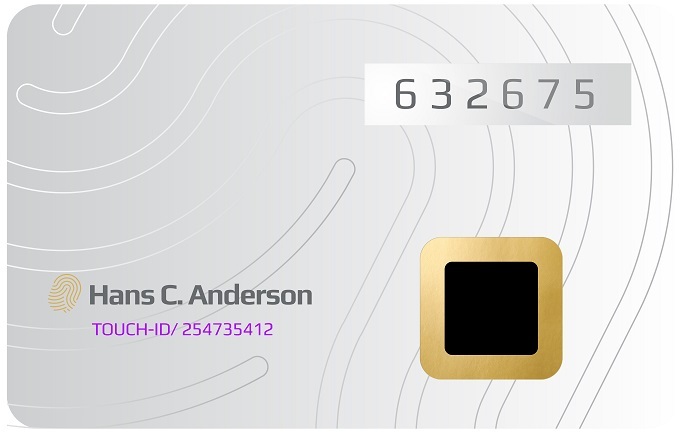Deactivating the terrorist plot
Being able to detect the production of explosives affords obvious advantages over their detection in subsequent phases of a terrorist plot. The main activities of the 'Localization of threat substances in urban society' (LOTUS) project centred on measurement of the dispersion of precursors at production, and surveillance system development. The system capability will be demonstrated by adapting existing and emerging sensors for the detection of selected precursors, and integrating the sensors in a networked system. By using existing global infrastructures for positioning (GPS) and networking (GSM), the LOTUS system can be used more or less anywhere in the world with small costs for supporting installations and personnel. LOTUS members based the project's concept on detection of precursors over a wide urban area. The detectors that continuously sample air are small enough to be placed in police or other law enforcement vehicles, or even at fixed positions, without being visible. When a suspicious substance is detected in elevated amounts, information about the type, location, amount and time is registered and sent to a data collection and evaluations centre for analysis. Several indications in the same area will trigger an alert, enabling law enforcement agencies to further investigate and respond. The LOTUS system capability was demonstrated in November 2011 at the Police Academy in Ossendrecht, the Netherlands. Sensors integrated in standard roof-top boxes can be used to detect precursors to HMEs' production. Project partners were able to realise the integration of the sensors in a networked system. As such, LOTUS contributed to knowledge on threat substance manufacture and their dispersion. It produced four networked sensor modules, one operations centre display unit, and tested, verified and demonstrated its concept to stakeholders and end users in Europe. The developments will go a long way to protecting citizens and thwarting terroist attacks.







